Written by Chris
After spending a bit of time learning about the Incas in South America, I think it is typical for most people to arrive at the same conclusion; the Spanish were dicks. By most measures, the Incas had a very advanced civilization and had accumulated a great deal of knowledge. However, over the course of a generation in the 1500’s, the Spanish conquistadors brought their superior weapons and diseases, killed well over half of the Inca population, and forcibly replaced their culture and language with that of the Spanish. Since the Incas had no written language, the majority of their accomplishments were lost. We have only been able to reconstruct what they may have known by studying the ruins that they have left behind.
Archeological Sites
Don’t call it a ruin, it’s an “archeological site”. I guess the guides don’t like the implication something that something the Incas built could become “ruined” in some way. Peru is awash with them. You see ancient terraces while driving along the highway, some still used for farming today. There are stone buildings on hilltops overlooking valleys, remnants of the old stone roads here and there, and, of course, the several major stone cities that are still mostly intact. Most people know the grandaddy of all these sites, Machu Picchu, but we had the opportunity to see many other impressive examples of Inca works during our hike on the Inca Trail and during our stay in Peru.
Sacsahuaman – The city of Cusco was the capital of the Inca Empire and they designed it to resemble a puma, one of their three sacred animals, when viewed from above. Sacsahuaman is a large structure built where the head of the puma would be. Within, it had a large and intricate series of reflecting pools used for astronomical observation which were in the shape of a circle and represented the eye of the puma. There were also some of the more formidable walls we saw and some had a jagged pattern to represent the teeth of the puma. Unfortunately, many of the walls were dismantled by the Spanish to be used in rebuilding Cusco after they conquered it. You can still find some unusually impressive sections of wall within the city that were built from transplanted walls from the temple.
Koricancha – Sacsahuaman was the eye of the puma that is Cusco and Koricancha was located at the navel. The Incas thought of the navel as the core of a being; in the way we think of the heart today. In their time, Cusco was the navel of the empire (and of the world), and Koricancha was the navel of Cusco. This gives us reason to believe that this was their most important temple. Unfortunately, since the Incas thought this site to be so holy, the Spanish thought it should be for them as well, and they plopped a Spanish church right on top of the Inca buildings. Inside, one can see the interesting juxtaposition of some fantastically crafted stone Inca buildings completely surrounded by a 16th century Spanish church.
“The Fortress” in Ollantaytambo – This site has the claim to fame of being one of the few Inca strongholds to repel the Spanish invasion. It is built stretching far up a large hillside, in the typical Inca fashion, with a series of terraces for crops, and a collection of holy buildings and shelters higher up. When the Spanish came to invade, the Incas diverted a nearby river and flooded the entire valley floor, forcing the Spanish to abandon their bogged down horses. The Spanish then had to attempt the climb the narrow stairs on foot while the Incas rolled large logs and boulders down on top of them. This failure by the Spanish was overcome some time later when they returned with a force 5x bigger and eventually conquered the area. Fortunately, the Spanish did leave most of the site intact except for chipping off some of the non-Christian symbols from the walls of the stone temples.
This site boasted some more impressive displays of Inca craftsmanship. There was a well-built (and still functional) canal system bringing water through the structures, well-crafted walls, a temple area framed with some truly massive stones, and some seats where they kept some of their holiest mummies. Interestingly, this site was still under construction when the empire fell so we got to see some great examples of their construction methods: There were rocks that were in transit from their quarry (up a cliff on the opposite side of the valley), giant stones propped up on platforms so they could be shaped before being placed, and rocks in the wall with “handles” for putting them into place which would be carved off later.
Moray – This is another site and it consists of only terraces and no buildings. It is unique in that in contains concentric terraces that were apparently dug downwards into a pit whereas all other terrace structures in the area were cut to run parallel up the side of a slope. It is thought that this was a site for agricultural experimentation where each level had a slightly different climate and the perfect growing conditions could be found.
Other sites along the Inka Trail – During our hike along the Inka Trail, we came upon many more sites of varying complexity. Most of these were used as rest stops for travelers along the trail. They typically had shelters and terraces where they grew food to resupply the travelers. Most sites also had a few other structures used for worship or research.
Machu Picchu – Machu Picchu is the reason why millions of visitors come to Peru and it certainly did not disappoint us. It is located on a smaller peak in the middle of a mountain valley and this allows for some breathtaking views from the surrounding peaks as well as astounding views from the site itself.
Machu Picchu was (re)discovered by Yale professor Hiram Bingham in 1911. At that time, it had been completely reclaimed by forrest growth and was not visible. It turned out to be a massive find as we started removing all the growth to expose everything underneath. The sheer scale of the site is impressive in itself but just as impressive are all of the speciality buildings that were found there. We are still guessing at the functions of them, but there is a “condor temple” where sacrifices are made and the dead are honored, a “sun temple” made of meticulously shaped and curved stones, and many interesting astrological devices.
The main reason that Machu Picchu is so impressive is that it was left untouched for so long. The Spanish never found it and it seems that the Incas abandoned it for unknown reasons some time after. I just loved staring out over the large green courtyards and my imagination was running wild with all the things that could have happened here. It was some of the most impressive and inspiring construction I have seen and it was placed in a location of incredible beauty. Incas know what’s up.
So maybe the Spanish were dicks for bringing an end to such an advanced civilization, but the whole reason the Incas became so powerful in the first place is that they went across South America and conquered all of the tribes they found and imposed their culture on all of them. It is probably the same story that mankind has been repeating during our entire history right up until today. There was one important creation of the Incas, however, that survived the Spanish conquest:
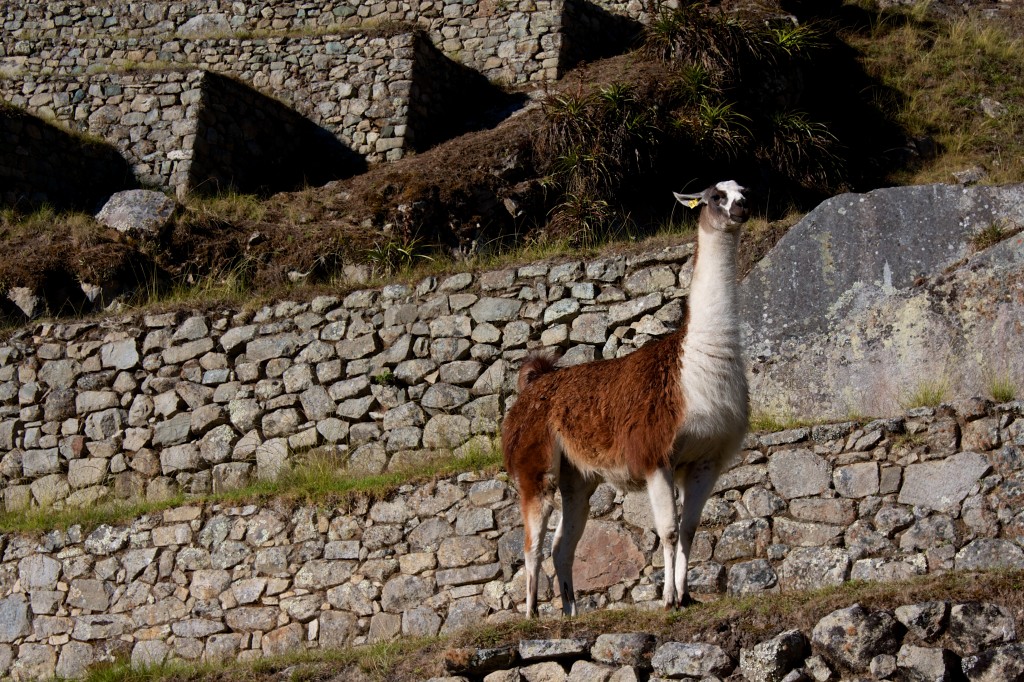


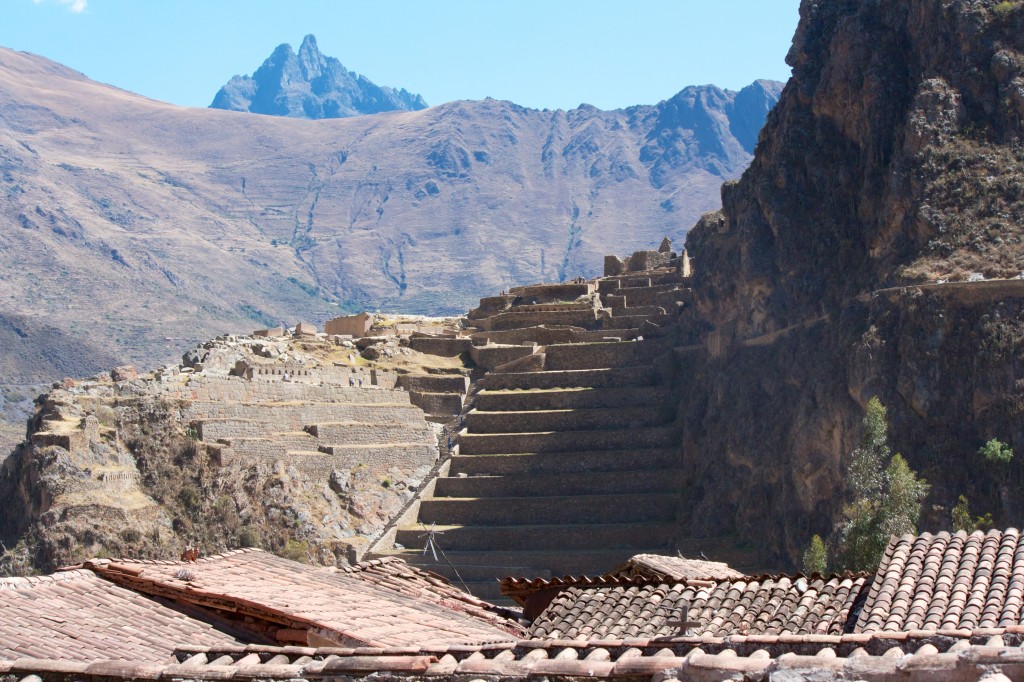
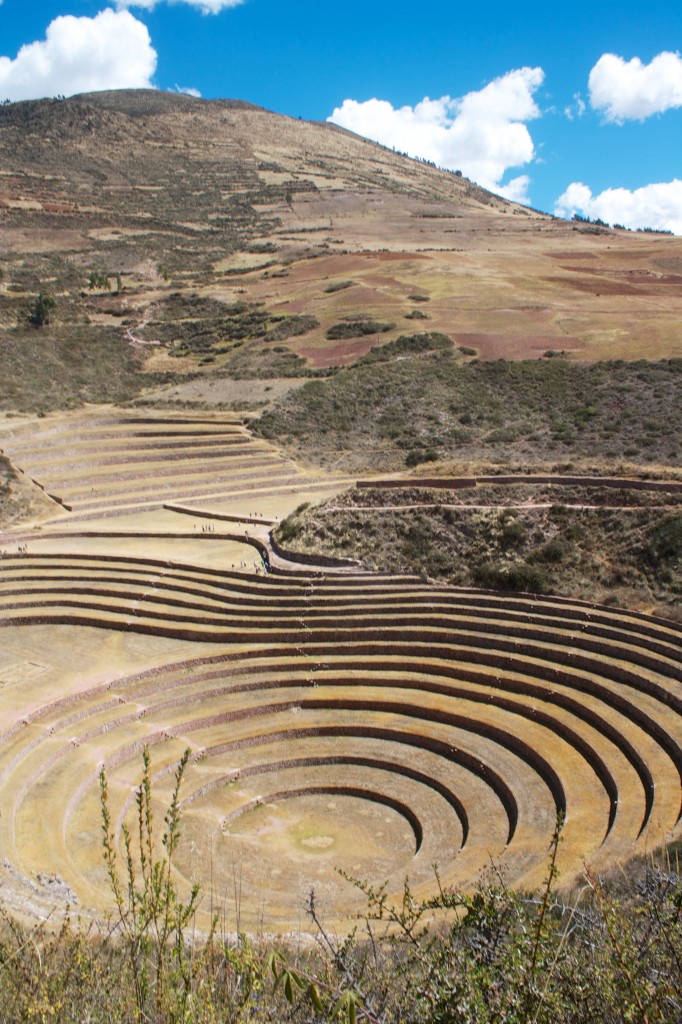
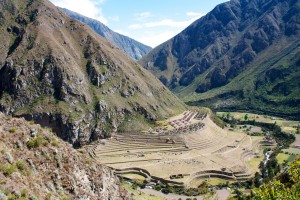
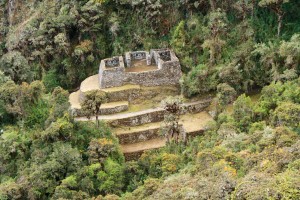

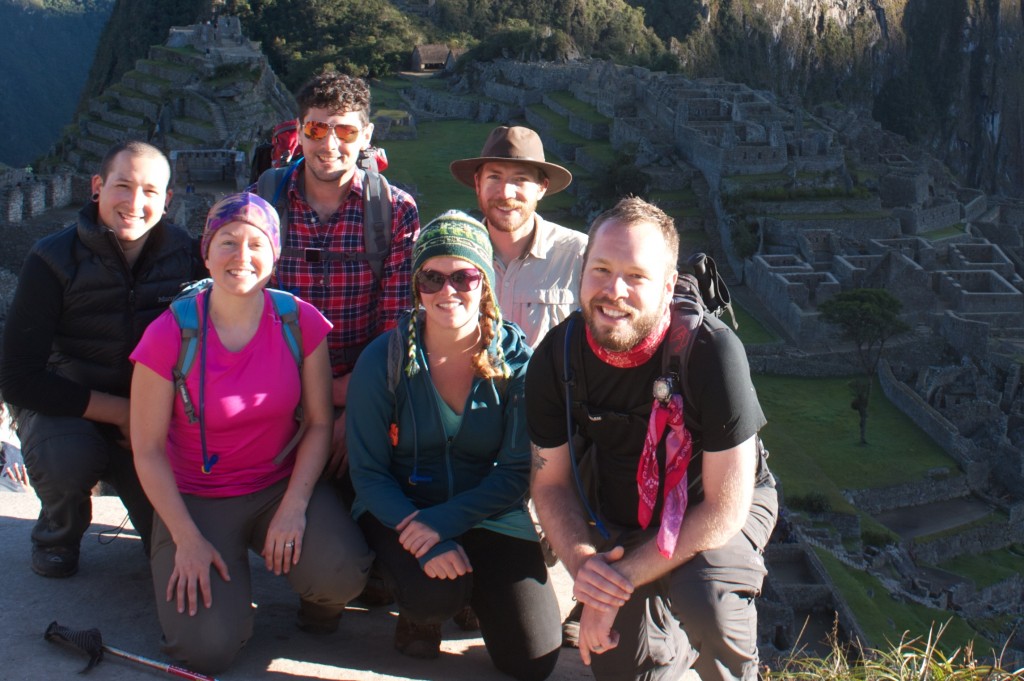
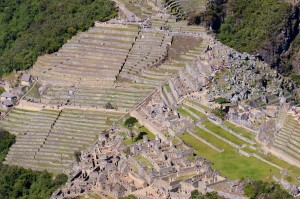
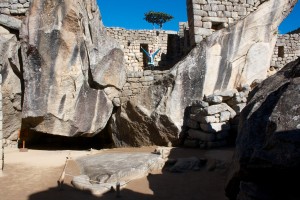




Maybe you better become a professor. You share information so well. Learned a lot.